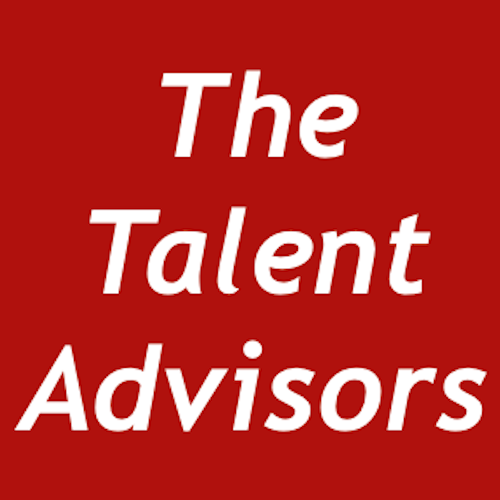CHANGE LEADERSHIP
This article is part of our Insights For Action series. Join the mailing list to receive this and more.
How do leaders bring about and cope with systemic change in a more thoughtful way?
When I work with executives during coaching or mentoring it is clear that change is a constant. After all, isn’t all management, change management? It is an understatement to say that now more than ever, executives are dealing with change accelerators and reversals; opportunities and challenges - for their business, their teams and themselves.
Leadership is complex. For people to do their best, deliberate efforts are needed to ease the uncertainties, to bring clarity for the path ahead, to focus on what matters, to be thoughtful with the hard decisions, to listen to differing voices and be alert to exclusion.
How do leaders bring about and cope with systemic change in a more thoughtful way?
Reflect on the following.
Proactive thinking: to be proactive, requires two basics. First, you have to imagine what the future will look like by building scenarios and considering their affect. Second, you have to take risks, having the courage to take action. It helps to view this through the lens of purpose, people and customers.
Beyond structural change: merely making structural changes cannot change defensive patterns or address causal loops. Change is complex and layered. At one level it can be simply changing what we do. Companies can take actions to achieve outcomes, without having to change the way people work. The second level is to change not what we do, but how we do it, to change the system. At the deepest and the most difficult, is to change who we are and what we stand for.
Sub-systems are dynamic: organisations are systems that change continuously. In fact, everything is part of a system or sub-system. These systems and sub-systems, which interrelate, do not necessarily change at the same rate; some change faster than others. This stresses the personal and the systems level. As an example, while working from home efforts are attempting change at one rate, the related pressing need to redefine the way of work is lagging.
Commitment mapping: ownership, control and motive are important, and where people sit on the commitment matrix is revealing. There are those that will be champions, those that passively wait and see and those that will resist – overtly or covertly. Then there are those whose futures are linked to the success of the change agent and they support the change whether they think it is right or wrong. Safe and meaningful conversations can uncover the thoughts and feelings behind these views and develop new approaches to engage or support.
Resistance is multi-faceted: people will protect their position or do what they feel is needed to prevent loss. They may not have the time, skill or resources to make a difference, even if they think it’s the right thing to do. They may find it difficult to accept the need to learn new things, and, more importantly, to unlearn some of the things that brought them success in the first place. If the proposed change does not fit with their value systems, they may never become supporters.
Transition pathways: it helps to understand that people will be at different points of internalising, pacing and coming to terms with the new situation that the change brings about. Patience, listening, kindness and support is needed as others deal with the loss of the old, find their way through the confusion of the middle and reorientate to the new reality.
Action-learning: action-based approaches facilitate the change journey as they are based on an insightful adult learning concept: people are more likely to act their way into new thinking, than to think their way into new actions. Action-reflection permits individuals and organisations to adapt continuously.
Communicate, communicate, communicate: have a credible and honest narrative to explain what is happening, the ‘why’ behind decisions taken, what is possible in what time frame, how others can contribute and what next steps can be anticipated. Collaboration will be more powerful than competition.
Wellbeing mindset: the best executives and directors will be considered, resilient, comforting, gracious, kind and non-partisan. They will earn trust, ease the uncertainty, focus on what matters while looking after the wellbeing and belonging of others. They will help people realise ‘we’ are the solution - each and every one of us - individually and collectively.
My role, in coaching conversations, is to stretch an executive’s thinking and tactics to expand the space in which they operate (context and positioning) and extend their personal and professional reach (voice, connections and energy.)
Change leadership for executives involves us working through these eight questions:
1. Am I aware of how change happens?
2. Do I have a clear, shared vision of what should be different and why?
3. Why now? What is my risk of not acting?
4. Have I really taken the decision to work towards a specific new outcome?
5. What are my identified solutions, barriers and actionable first steps?
6. How do I plan to make it happen?
7. Am I truly committed to make progress?
8. How will I reinforce, solidify and adjust to the new situation?
________________________________________________________
Discover what support we offer executives and our coaching services
Read more articles on leadership and change.
Be added to the distribution list for future articles or keep reading about leadership and resilience.
Copyright and All Rights Reserved | About Dianne Jacobs


